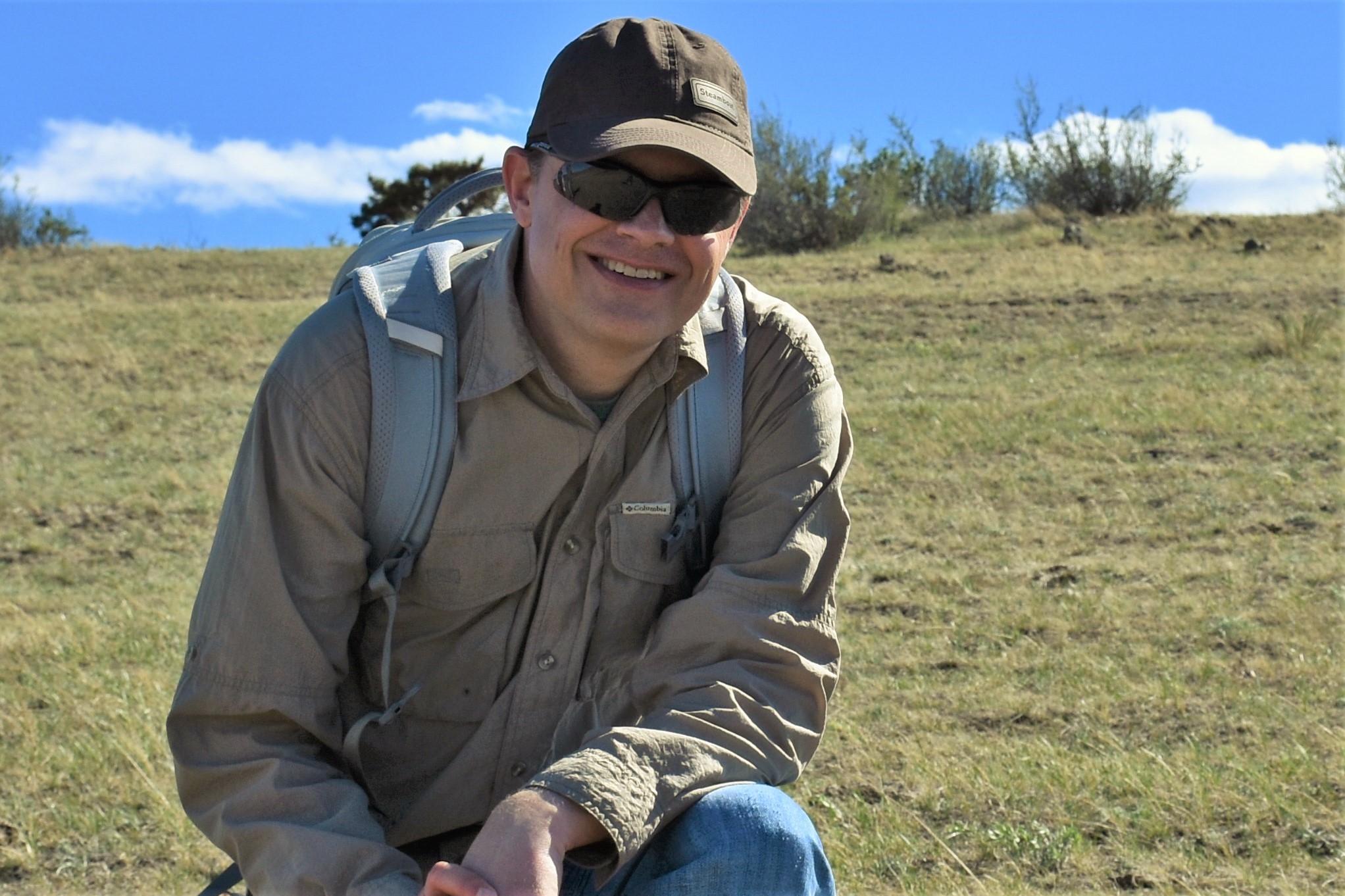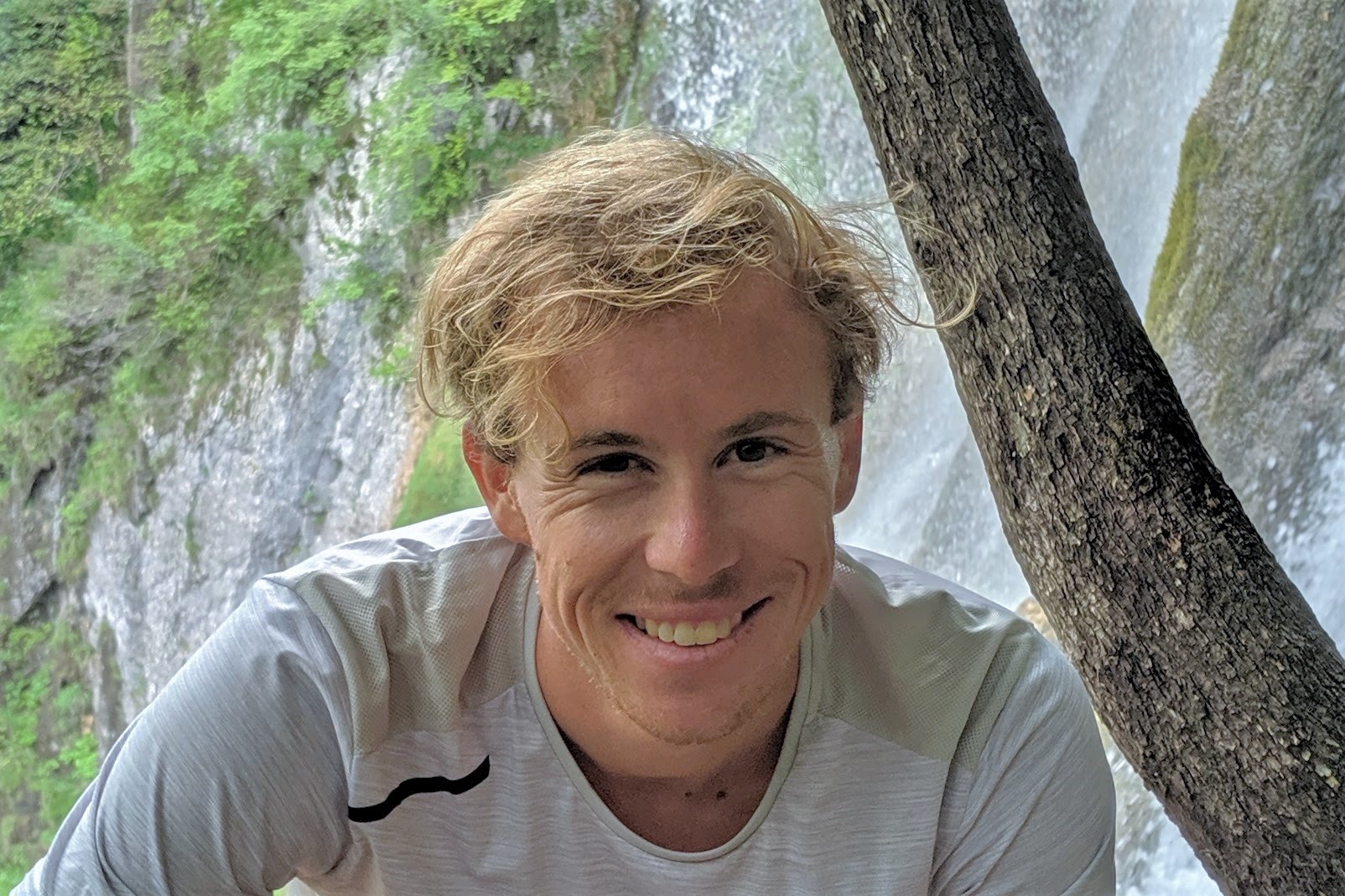
Dr. Jeffrey Niemann
Faoro Professor of Water Resources, P.E.
Education
- Ph.D., Civil and Environmental Engineering, Massachusetts Institute of Technology (2001)
- M.S., Civil and Environmental Engineering, Massachusetts Institute of Technology (1997)
- B.S. with High Distinction, Civil Engineering, University of Colorado, Boulder (1993)
Honors
- Borland Chair of Hydrology, Dept. of Civil and Environmental Engineering (2019, 2010)
- Faculty Award for Outstanding Performance, Dept. of Civil and Environmental Engineering (2019)
- Faculty Award for Excellence in Teaching, Dept. of Civil and Environmental Engineering (2016, 2011, 2007)
- Faculty Award for Excellence in Service, Dept. of Civil and Environmental Engineering (2014)
- President’s Volunteer Service Award, USAID Office of Volunteers for Prosperity (2011)
- George T. Abell Award for Outstanding International Contributions, College of Engineering (2011)
- Presidential Early Career Award for Scientists and Engineers, President of the United States (2002)
Current Teaching
Contact
- Jeffrey.Niemann@colostate.edu
- Office: Engineering A226
- Campus Delivery 1372, Fort Collins, CO 80523





